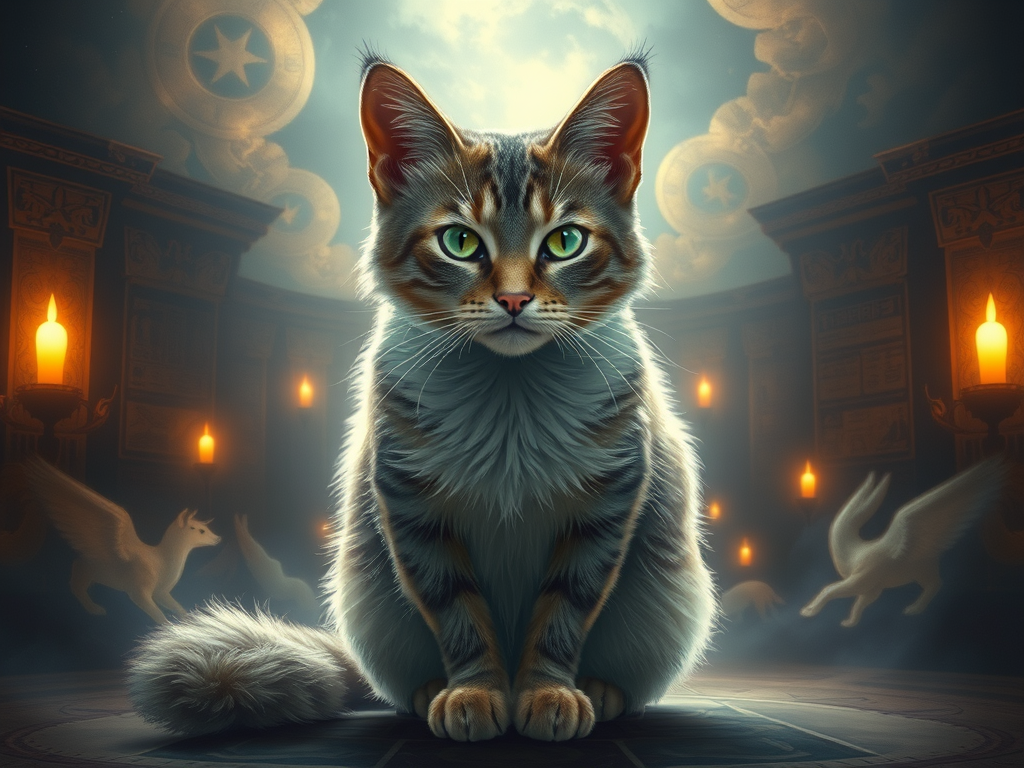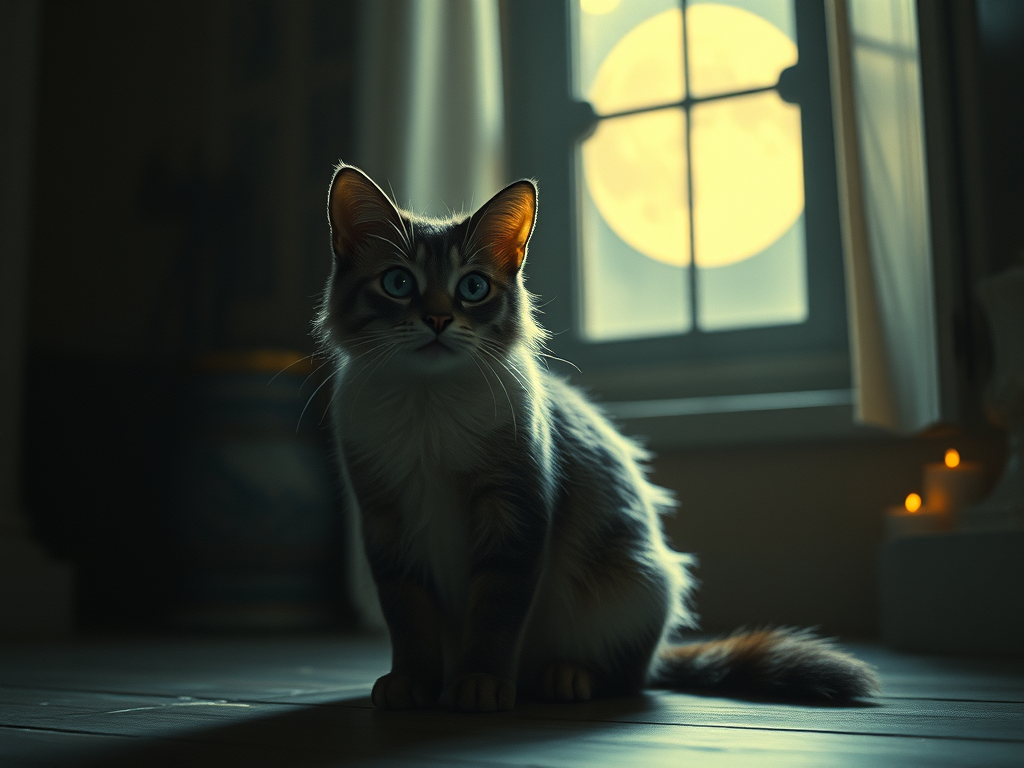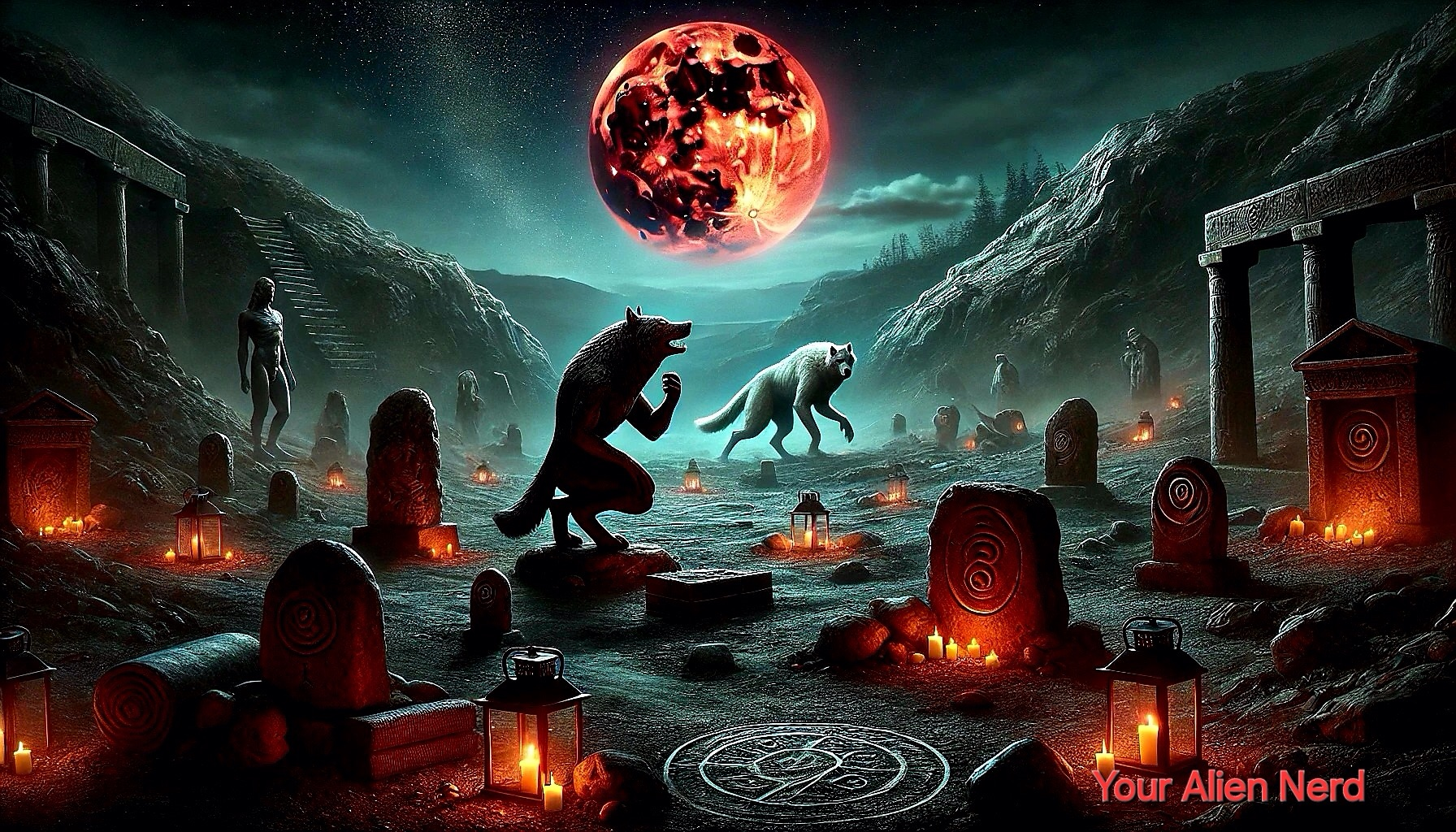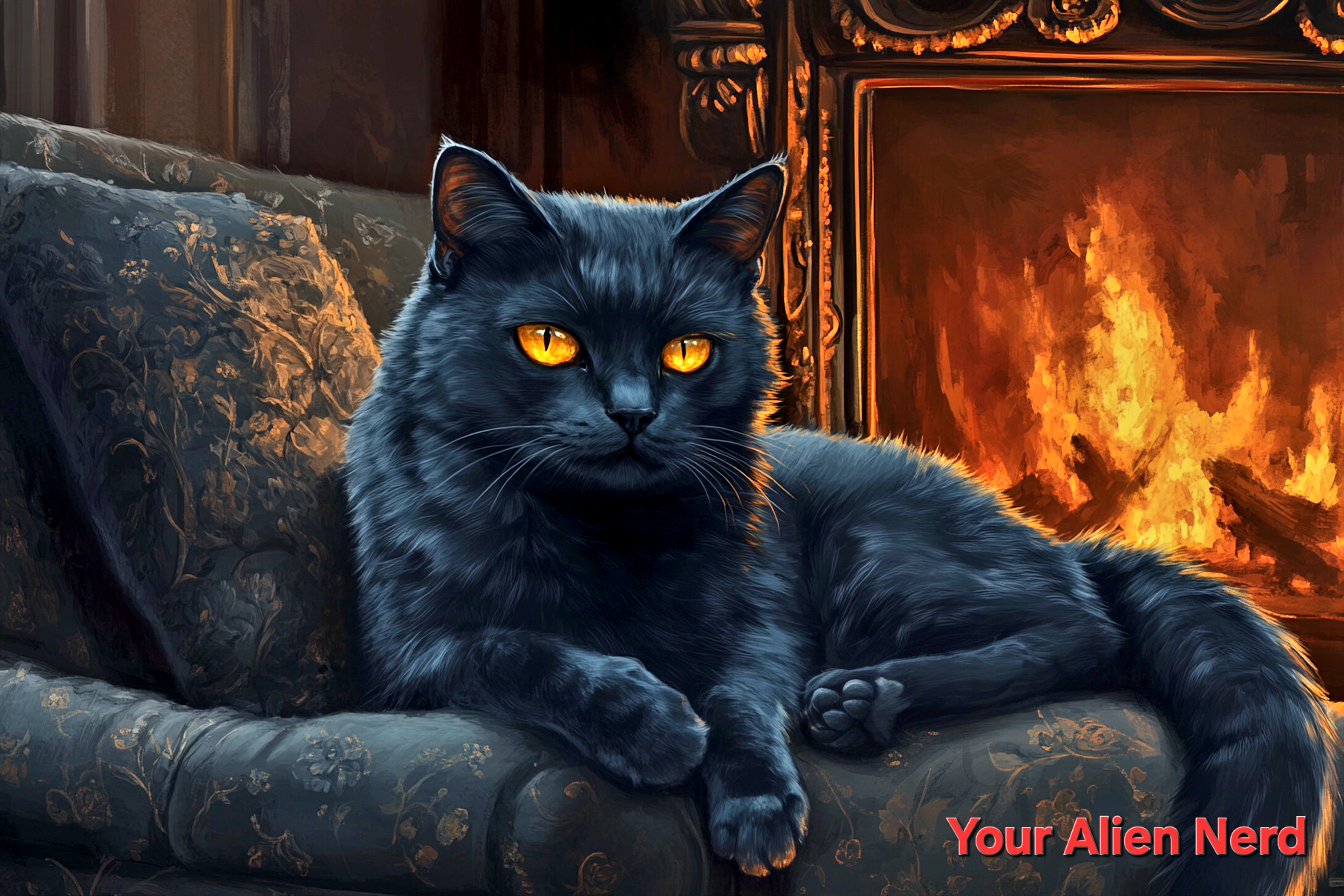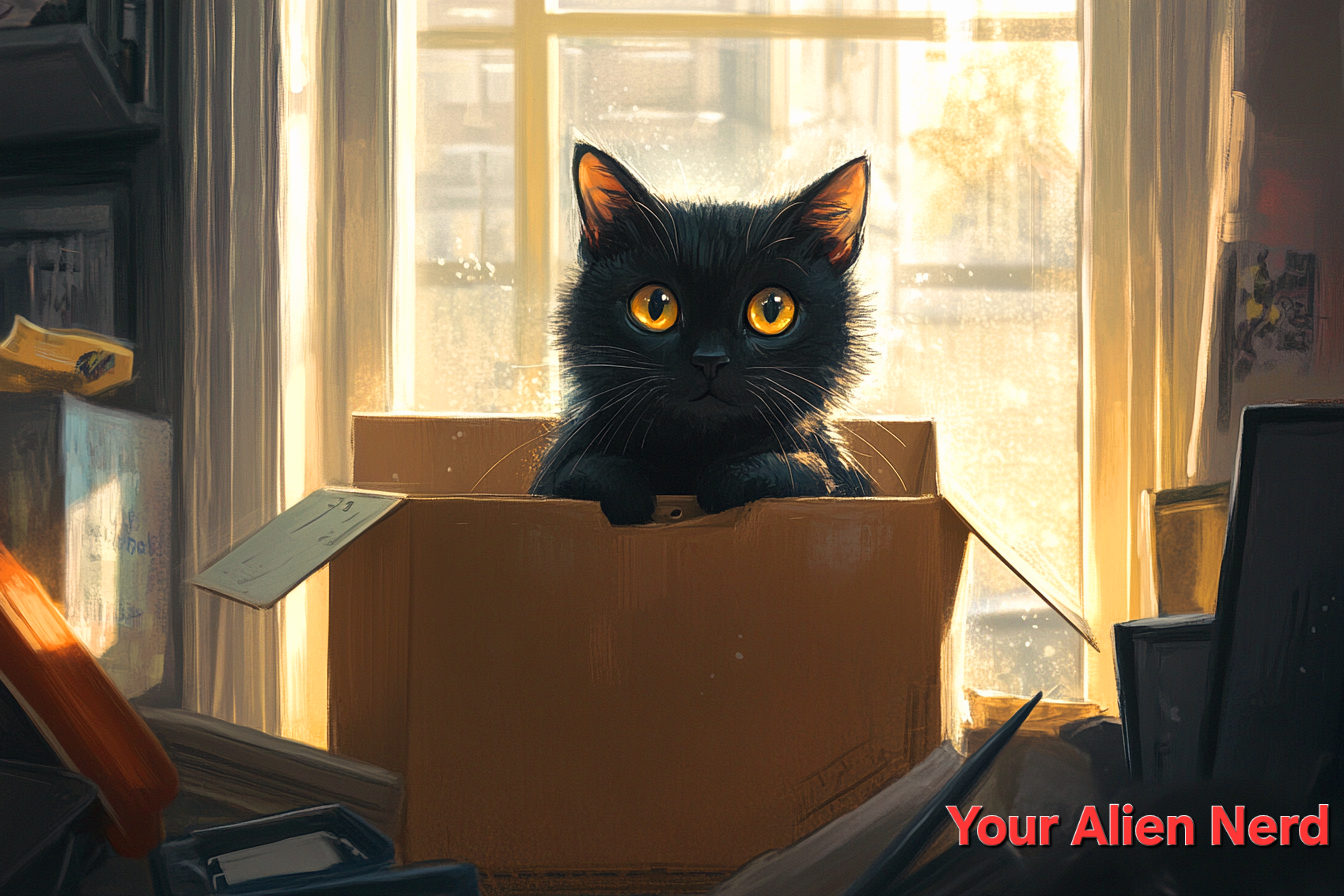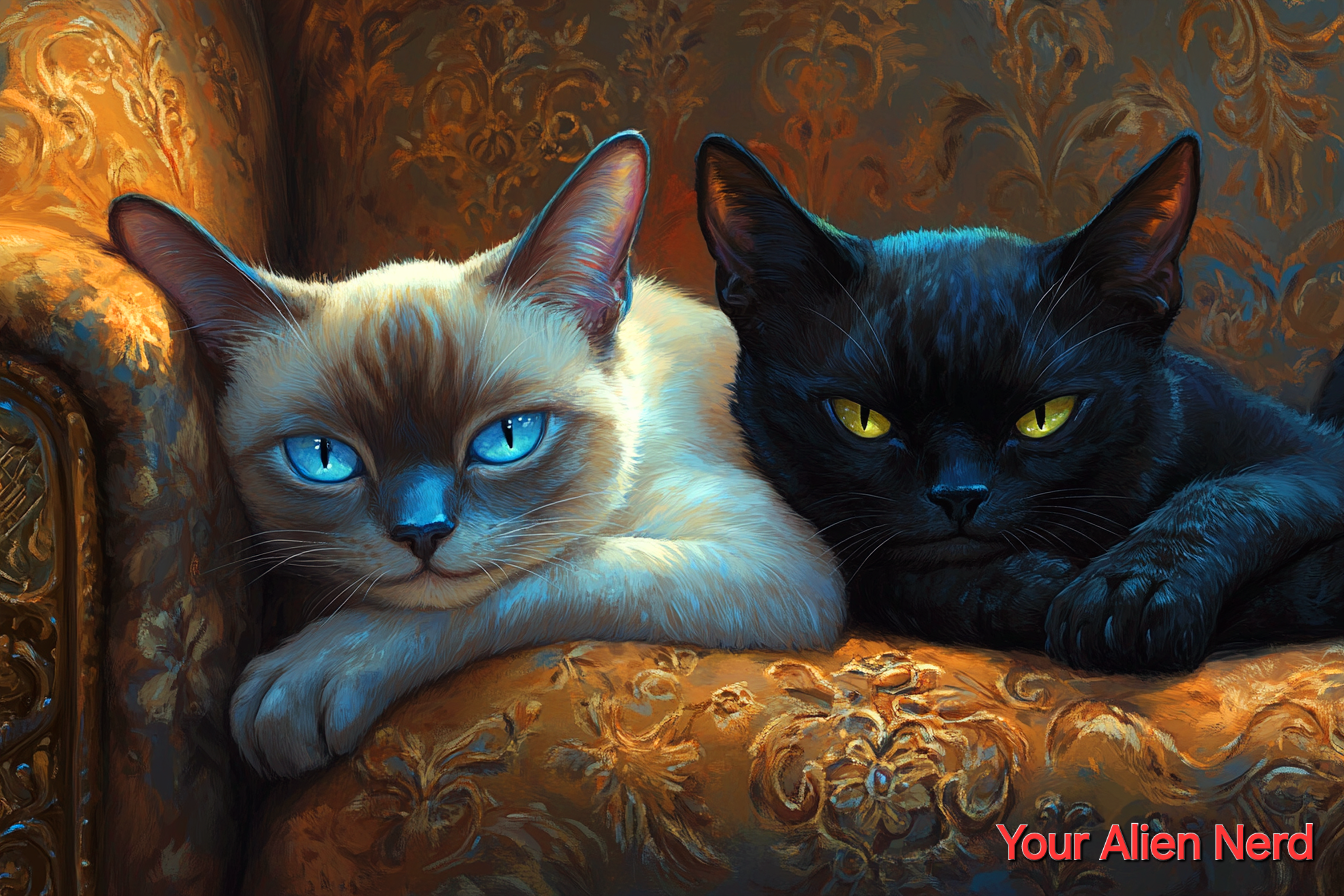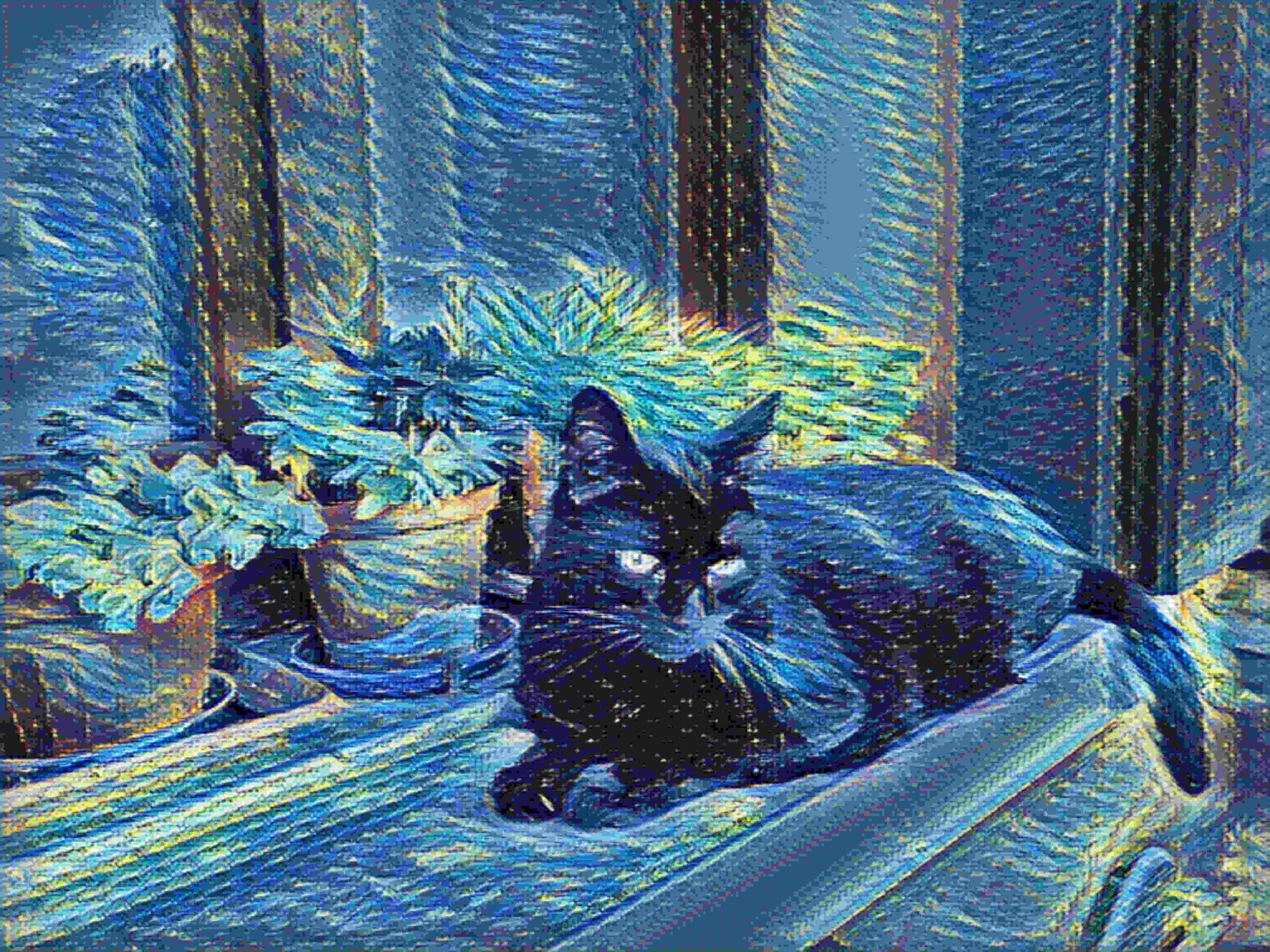Astronomy, Sci-Fi, and Cats
Introducing Myself And My Sidekick Chettoh So, here’s my first post. From now on, I’ll post about astronomy, sci-fi, and cats as often as my full-time job as a high school teacher allows. Teaching is a full-time, demanding, soul-crushing job if you do it seriously. And no, as someone mightContinue Reading


